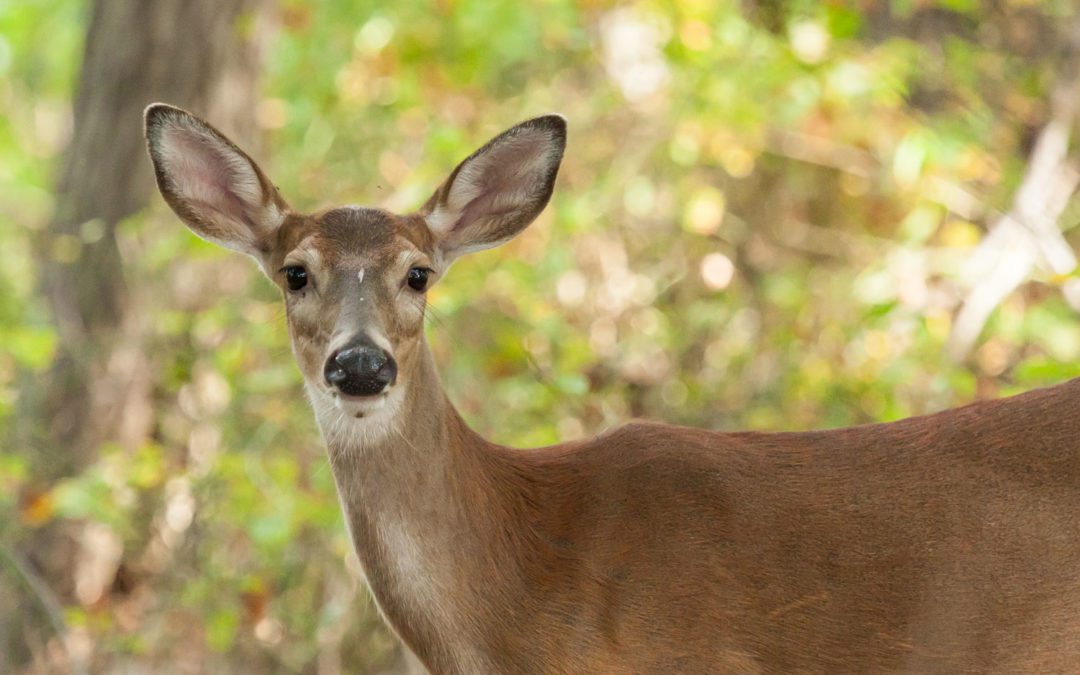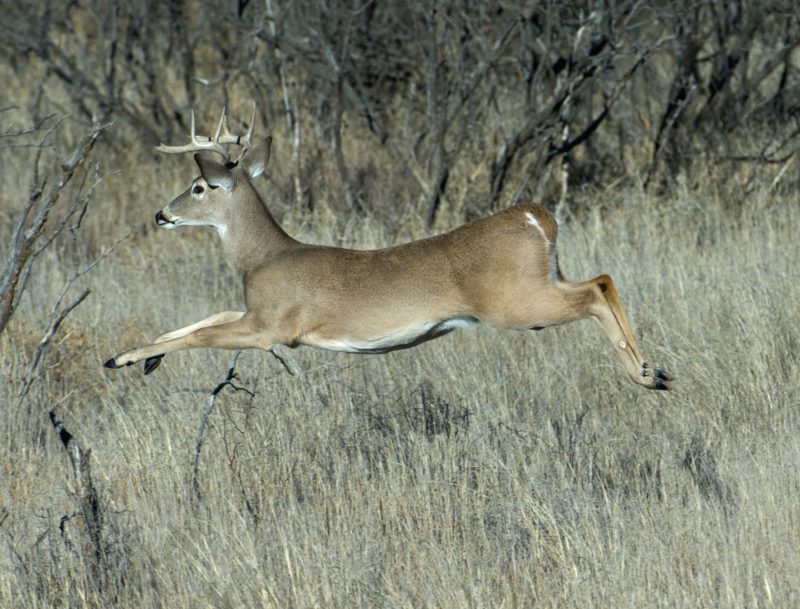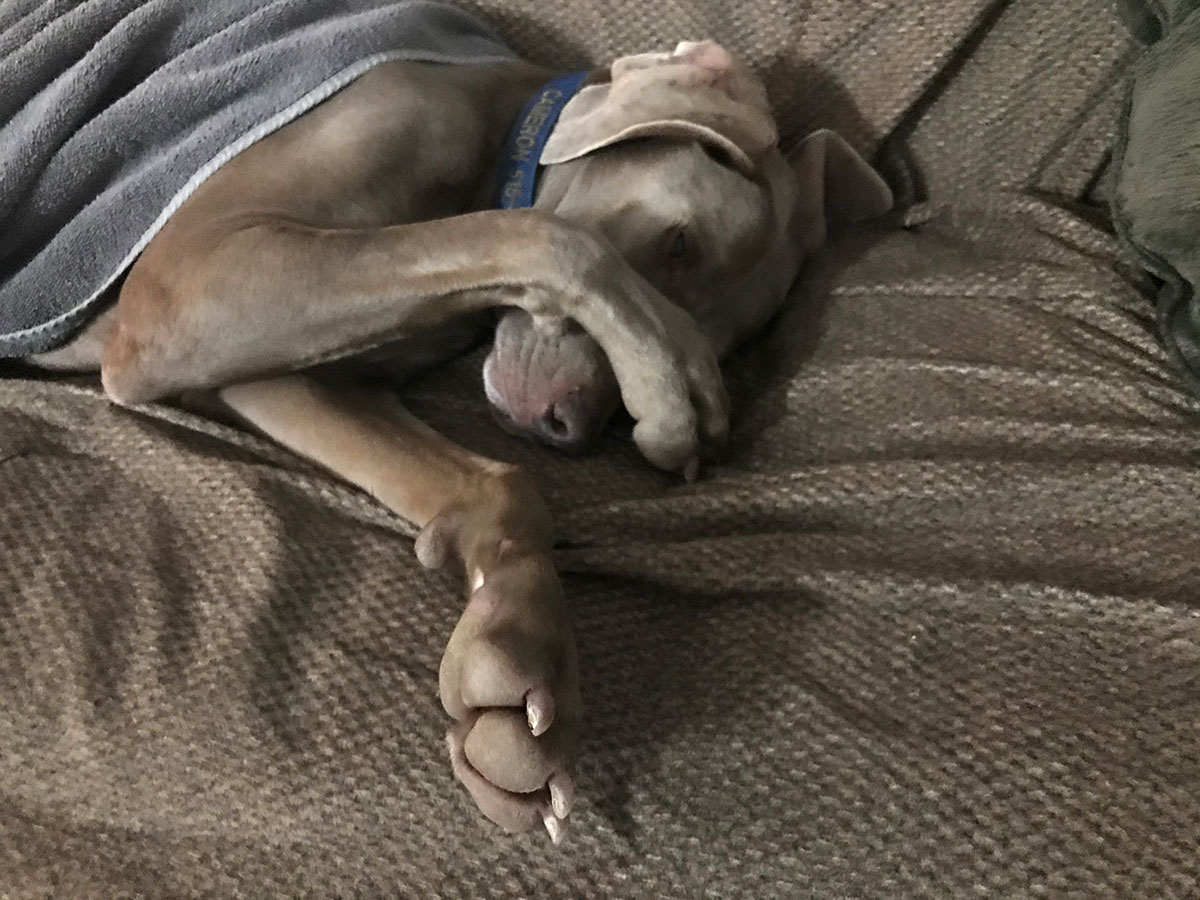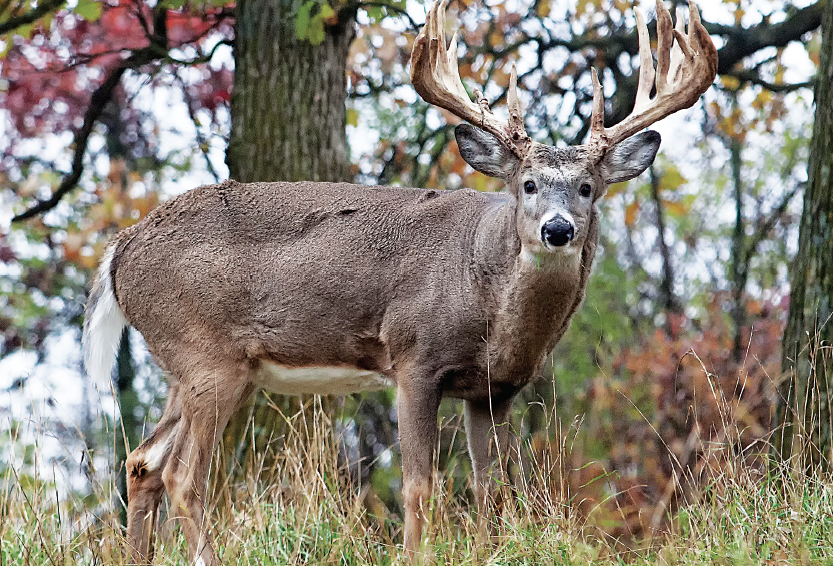You have no idea how many times she’s messed me up, mere moments before I was about to shoot a buck.
“She’s at it again, or should I say still!” scowled my brother Glenn. “Showed up at my creek blind this morning. She came quartering in, up wind. Soon as she stepped into the shooting lane she started snorting! No way she smelled me, had my Ozonics going. And, I had three other deer, one an almost legal buck directly downwind from me. Besides, she came in upwind. Not only that, with the way I am concealed in my blind, there’s no way she should have been able to see me. It’s almost as if she has a sixth or seventh sense.”
Hunting season on our property in South Central Texas edge of the Gulf Coast Prairie had been open for over a month and I had hoped we would not have to deal with that ol’ bitty this season.
Although I laughed at my brother’s comments, I, like he, had hoped the bob-tailed doe, which according to Glenn had been around at least eight or nine years, had gone by the way side.
“She can be extremely glad we can’t shoot does during the regular rifle season. I tried all bow season to get a shot at her,” he continued. “Seemed like no matter what stand I hunted she showed up and immediately started blowing and snorting, but, she was always at least 80 to 100 yards away, beyond a distance I felt comfortable taking a shot. Although I was sorely tempted!”
“How long do does like that usually live?” Asked he.
“Well, I know of one doe that was on a ranch near Pearsall that lived to be 19 years old. Interesting thing about her was, although born wild, she used to bring her fawns to headquarters where several of her buck fawns got ear-notched. She had twins every year of her life from a yearling on. Of the buck fawns she produced, twelve of them were shot when they were mature or past maturity. All had racks that exceeded Boone & Crockett record book proportions. Undoubtedly, she was bred by many different bucks during those years. Talk about a strong antler-genetics doe.” I hesitated, then added, “Surely would be nice if that bob-tailed doe on our property was like her.”
I doubted she was such a doe. I suspected she was simply an aggravating female. She probably had lost the lower half of her tail as a fawn. Most likely it was chewed off by the doe which bore her, rather than a more “romantic theory” that it had been bitten off by a coyote. A coyote would not have stopped with eating a part of the tail. In her instance, had it been a coyote, I wished he or she had completed the task. Sure would have helped my brother and me.
“If she lives into next year, survives bow season, and the Wildlife Department lets us shoot does without special permits we’ll never know, because I will personally do my best to see she becomes steaks and sausage!” Glenn said, kicking dirt with his boot. “You have no idea how many times she’s messed me up, mere moments before I was about to shoot a buck.”
I nodded. I knew exactly what he was talking about. The one buck I really wanted to take survived because of her. It was the first week of the season and I was sitting, discreetly hidden in front of a huge, ancient live oak blending in perfectly with my Sitka Gear Vegetated Terrain camo. The buck was cautiously heading my way on a meandering path mowed through tall weeds to create a path of least resistance. The trail would easily put him within less than 100 yards, my self-imposed limit with my Ruger Super Blackhawk Hunter .44 Mag, topped with a Trijicon RMR sight. At that distance I knew I could easily put a Hornady’s 240-grain XTP bullet into vitals.
As the buck approached at 125 yards I readied for the shot, getting a good solid rest. Just then I caught movement to my right. It was a doe walking away, one with a bobbed tail. Thank goodness she was leaving… Wrong! She turned and immediately started snorting an alarm. The buck stopped and immediately whirled, tail held high waiving “Good-bye!” He ran back into the creek bottom thicket from which he had appeared.
I turned, positioned the revolver’s sights on the doe and wished I could pull the trigger. Of course, I did not, but I said “Bang!” loud enough for her to hear me. That only caused her to snort more often and louder. Immediately I snorted right back to her, doing my best to sound just like she did. Over the years this is something I have often done when a doe snorts. I have found in doing so, it sometimes has a calming effect on other deer in the area and most of the time the vocal deer quiets down. The bob-tailed doe was different. She snorted for two minutes and did not quit until she was at least four hundred yards away.
A week later I was sitting on hill overlooking our creek bottom. Up the opposite slope I saw a single doe. She headed toward a ground blind I hunted when the wind came from the north. At one point the doe turned to check her back trail. There was no doubt it was the bob-tailed doe. She turned and walked toward the ground blind. When she got to within a hundred yards of it she started snorting, even though there was no one in the blind. Interesting!
She kept it up for 30 seconds, then turned and walked back up the slope she had come from toward a tripod stand on the edge of a north-south tree line. No one was hunting there. As she got closer to the tripod I could hear her faintly snorting. Obviously, she knew where our stands were and regardless of whether someone was hunting from them or not, she snorted.
Soon as our deer hunting season closes I intend to contact our local State wildlife biologist to determine what I can do to insure we get to shoot does come fall. I know just the one I will be looking for!
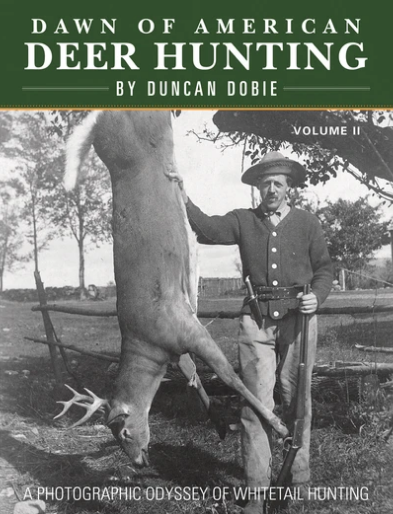 Duncan Dobie’s first Dawn of American Deer Hunting sold more than 8,000 copies! But our Volume II is even bigger with more than 250 pages, 400 photographs, plus a special full-color section featuring some of the best whitetail paintings ever done.
Duncan Dobie’s first Dawn of American Deer Hunting sold more than 8,000 copies! But our Volume II is even bigger with more than 250 pages, 400 photographs, plus a special full-color section featuring some of the best whitetail paintings ever done.
You’ll enjoy seeing early American hunters with their huge whitetails and the rifles they used to shoot their trophies. The 8½ x 11-inch book includes many rare photos of some famous Americans—like Annie Oakley, Babe Ruth, Clark Gable, Ernest Hemingway, Theodore Roosevelt and Jack O’Connor—who hunted our country’s No. 1 big game animal.
Dawn of American Deer Hunting—Volume II is also available in a hardcover Collector’s Edition and a Deluxe Edition of 400 copies bound in leather. All books are signed by Duncan Dobie. Buy Now

